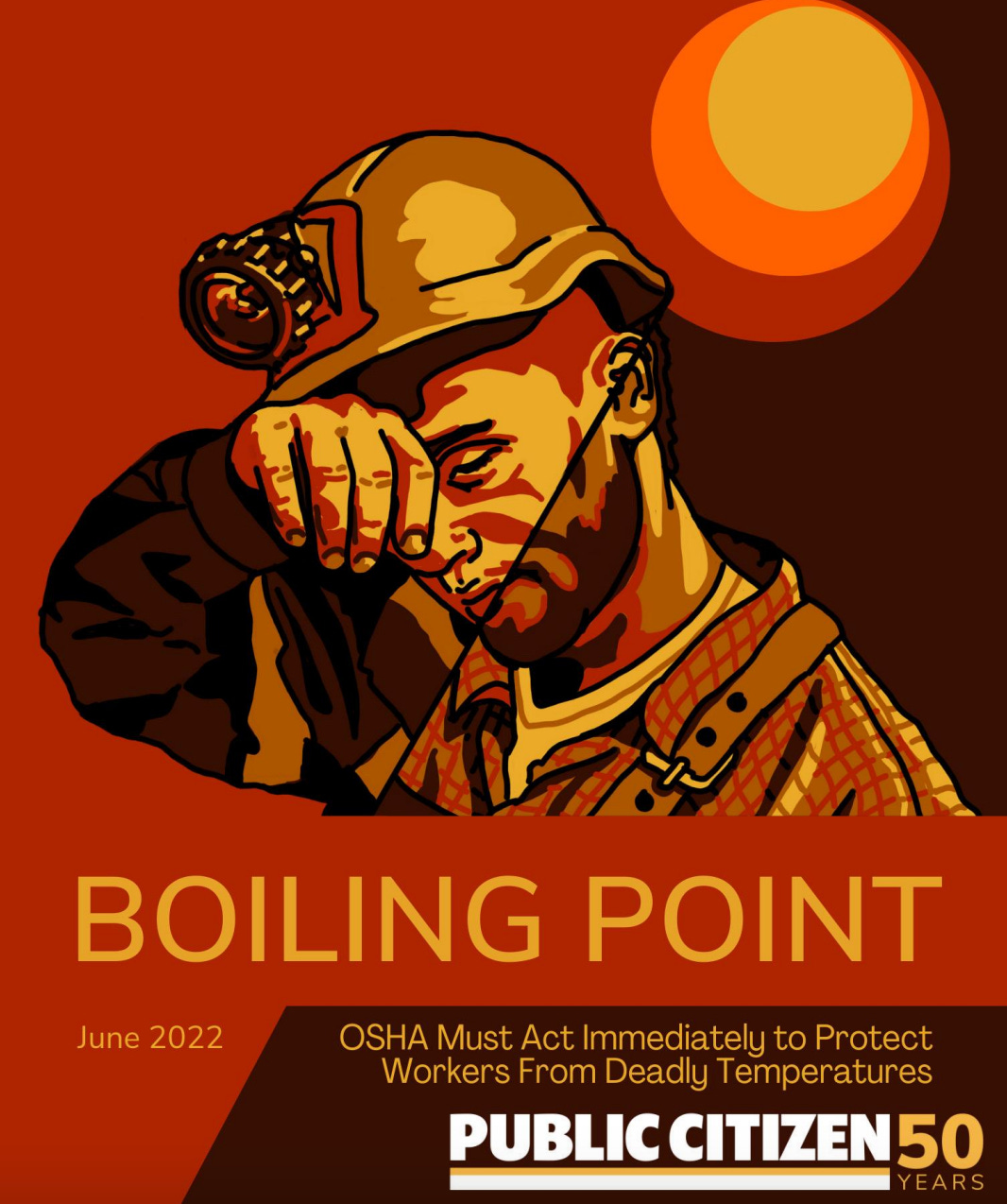Why is there no federal standard protecting workers from dangerous heat exposure?
What the hell, DOL...
Hello, and welcome back to Work Climate! I’m David, and I’m interested in this question, which is what first sent me down a path towards becoming a legal aid lawyer focused on climate-exacerbated health and safety risks in a little under a year…and I still don’t have a really good answer for it. In the spring, I hosted an event on campus — “Working in a Warming World” — which featured some experts on the topic, including Jordan Barab, who was high up in the Occupational Safety and Health Administration (OSHA) during the Obama administration. He shared that OSHA — a sub-agency of the Department of Labor (DOL) — did not focus on heat regulation back then, essentially because there was so much else to do, and there was not yet a strong consensus that the federal government should be prioritizing it.
The Biden administration is facing a very different situation. Calls for a federal heat safety standard at work — either through legislative action (unlikely, lol) or agency rulemaking (more likely, though still difficult) — have grown increasingly vociferous in recent years, with advocates and even members of Congress participating in extreme actions such as “thirst strikes”. And, to its credit, the DOL under Biden has begun the process of crafting just such a rule, to protect both indoor and outdoor workers exposed to hazardous heat. Unfortunately, OSHA rules take on average 7 years to finalize, and then of course are subject to litigation, so it is almost certain there will need to be consecutive Democratic administrations to make this happen.
For now, then, OSHA is dependent on the “general duty” clause of its enabling statute to force employers to not expose their employees to hazardous levels of heat — a vague, nearly unenforceable standard without a more specific regulation. Even when OSHA does go after employers for heat-related illness and deaths today, the fines levied are laughably small. And no one even really knows how pervasive a problem this is, since heat is notoriously difficult to identify as the cause of a given injury or fatality — not to mention long-term health impacts, which need to be studied further. This is all rather bleak, no?
There are many good reports on this topic. I’m going to recommend this one from Public Citizen because it’s easy to read and has a good image for this post.
Well, yes, but there are inspiring examples of workers taking their protection into their own hands — from the delivery drivers I wrote about two weeks ago, to airport workers in Phoenix, who brought a first-of-its-kind complaint to OSHA this summer. And we should not forget the 5 states that have passed their own workplace heat safety regulations, despite concerted industry opposition, nor organizations such as Farmworker Justice and United Farm Workers that are working to better enforce existing rules, while helping workers organize and protect themselves from excessive heat exposure (e.g., did you know almost half of heat-related deaths happen on the first day of a job — and 70% within the first week? The science of acclimitization is wild.)
These efforts to give workers more shade, more water, and more breaks work. They save lives and they make life on the clock a bit more bearable. (If you can get past the paywall, I highly recommend this piece from LA Times which tells moving stories about how workers in different industries try to cope with heat.) There’s a lot more to say about this topic, so I will return to it in the future. Thank you for reading, and I wish you all a cool fall weekend :)



Those stats about heat deaths first day and first week on the job are mind blowing.